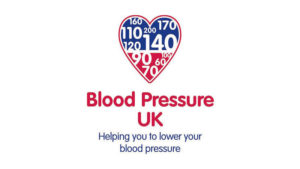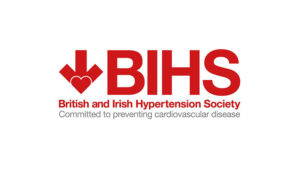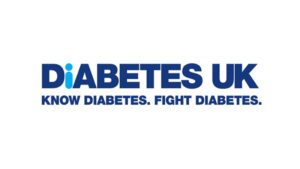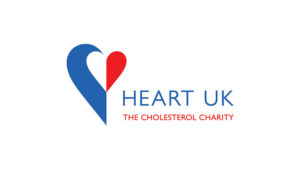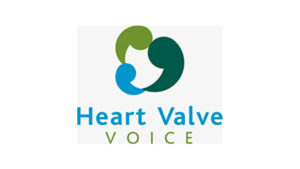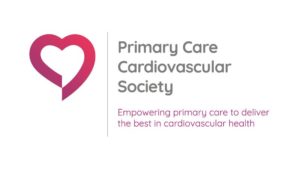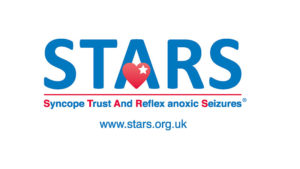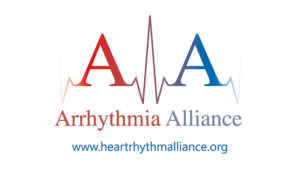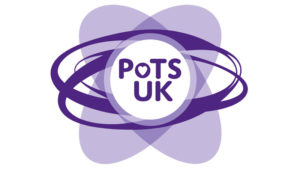Nearly 250,000 people die each year in the UK from cardiovascular disease (CVD), despite all the hard work of healthcare professionals. The new Joint British Societies’ Guidelines on Prevention of Cardiovascular Disease in Clinical Practice (JBS2), published recently by all of the leading societies working to reduce CVD in this country, take a ‘get tougher’ approach to further reduce CVD deaths. They widen the range of patients who should be included in primary prevention, in addition to setting lower targets for total cholesterol (4.0 mmol/L), low-density lipoprotein (LDL) cholesterol (2.0 mmol/L) and blood pressure (140/85 mmHg).
The Exception or the Rule? Exception Reporting in the new GMS Contract
Under the new GMS (nGMS) contract, practices can report patients as exceptions under certain circumstances. Exception reporting prevents a practice being penalised under the Quality and Outcomes Framework of nGMS for factors outside its control or for a range of other patient-related issues. In this article, we review when patients can be reported as exceptions, how to report exceptions and some practical examples of exception reporting.
Editorial
Welcome to our second birthday edition of the British Journal of Primary Care Nursing (BJPCN). We can’t promise you cake and candles but we have a lot of goodies that should help smooth the way for primary care nurses in our efforts to improve the management of CVD and diabetes.
Monitoring Lipids in the Surgery
Testing patients’ lipids is an important measure in the detection and management of risk factors for cardiovascular disease (CVD). Cholesterol testing and management is one of the success stories of CVD prevention over the past few years. In this article, we review who we should be testing and what lipids we should be measuring. Looking to the future, testing a wider range of patients and using more aggressive treatment to reach targets will enable us to further reduce the number of patients suffering heart attacks and strokes.
Plant Sterols and Stanols: Further Options in Lowering Cholesterol
It is now 10 years since the introduction of the first cholesterol-lowering spread in the UK. There is now an expanding range of products including yoghurts, spreads and milk which include the active ingredients – plant sterols and stanols. With the increasing media focus and advertising spent on these so-called ‘functional food’ products, what advice should we be giving to our patients?
Pumping Insulin: when to use Insulin Pumps
Insulin pumps – small devices that deliver insulin at regular intervals and on demand – are proving increasingly popular with patients with type 1 diabetes who find their glucose levels difficult to control with injections or who have other complications. They can offer significant benefits in terms of overall glucose control and patient’s quality of life. In this article we review how insulin pumps have developed over the last 40 years, how modern pumps are used, which patients should be considered for their use and cost issues associated with these devices.
Metabolic Syndrome: a Cluster of Risk Factors
The metabolic syndrome is characterised by a cluster of metabolic risk factors which may include abdominal obesity, dyslipidaemia, high blood pressure and insulin resistance or glucose intolerance. Patients with this cluster are at increased risk of coronary heart disease, stroke, peripheral vascular disease and type 2 diabetes. The dominant underlying risk factors for the syndrome are abdominal obesity and insulin resistance – so the epidemic of obesity means that we will be seeing a major increase in cases of metabolic syndrome over the next few years. Management requires tight control of all risk factors, with weight loss and prevention of weight gain being important preventive measures.
Back to Basics: Calculating cardiovascular risk: ‘How To’ guide for the new British Guidelines
Calculating cardiovascular risk is at the heart of primary prevention – it gives us a practical way of assessing who we should be targeting with lifestyle changes and drug treatment to reduce the chance of them suffering a heart attack or stroke in the future. The new Joint British Guidelines make it very clear who we should be screening for CVD and how to calculate their risk.
Implantable Cardioverter Defibrillators (ICDs)
Implantable Cardioverter Defibrillators (ICDs) have – quite literally – fired a major revolution in the management of patients at high risk for potentially life-threatening arrhythmias. More sophisticated than pacemakers, ICDs monitor the heart constantly, but only initiate an electrical signal when they detect an incorrect heart rhythm. ICDs can function as pacemakers for slow heart rates, but may also deliver high-energy electrical therapy for fast heart rates. In this article, we review how ICDs work, how they are used and what care we need to provide for patients who have had these devices implanted.
Preventing Retinopathy with Regular Screening and Effective Treatment
Diabetes is the leading cause of blindness in the UK in people of working age. Diabetic retinopathy occurs when blood vessels in the retina become blocked, leaky, or grow haphazardly. There are usually no obvious symptoms, making the condition difficult to detect until it is well advanced. However, irreparable damage has been done by this time. This article outlines the importance of screening for early detection of retinopathy, and reviews the targets set in the National Service Framework (NSF) for Diabetes Priorities document (2003) regarding annual retinal screening tests.
Glucose Monitoring in the Surgery – Which Test?
There are several blood tests that can be used to measure blood sugar levels, including random blood sugar, fasting blood sugar, glycosylated haemoglobin (HbA1C) and the glucose tolerance test (GTT). This article provides a ‘whistle-stop’ tour updating you on what information each of these tests provides, what test to use when and how to explain the procedures and results to your patients.
Diabetes in Pregnancy: Future CVD Patients in Waiting?
Gestational diabetes – glucose intolerance occurring during pregnancy – is relatively common, affecting around four in every hundred pregnancies. A lot of research has linked low birth weight in babies born to mothers with diabetes to increased risk of vascular disease in later adult life. But much less attention has been focused on the mother’s subsequent health risks after having gestational diabetes. In this article, we review the increased risk of diabetes and vascular disease in later life in women suffering gestational diabetes and how to improve follow-up and prevention.





